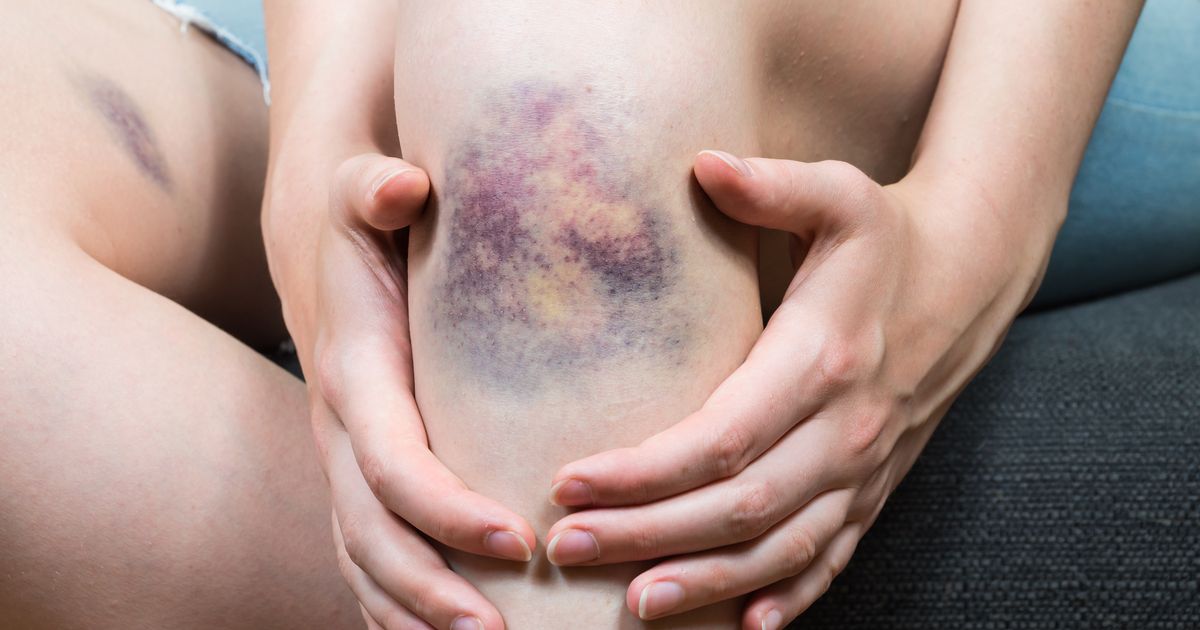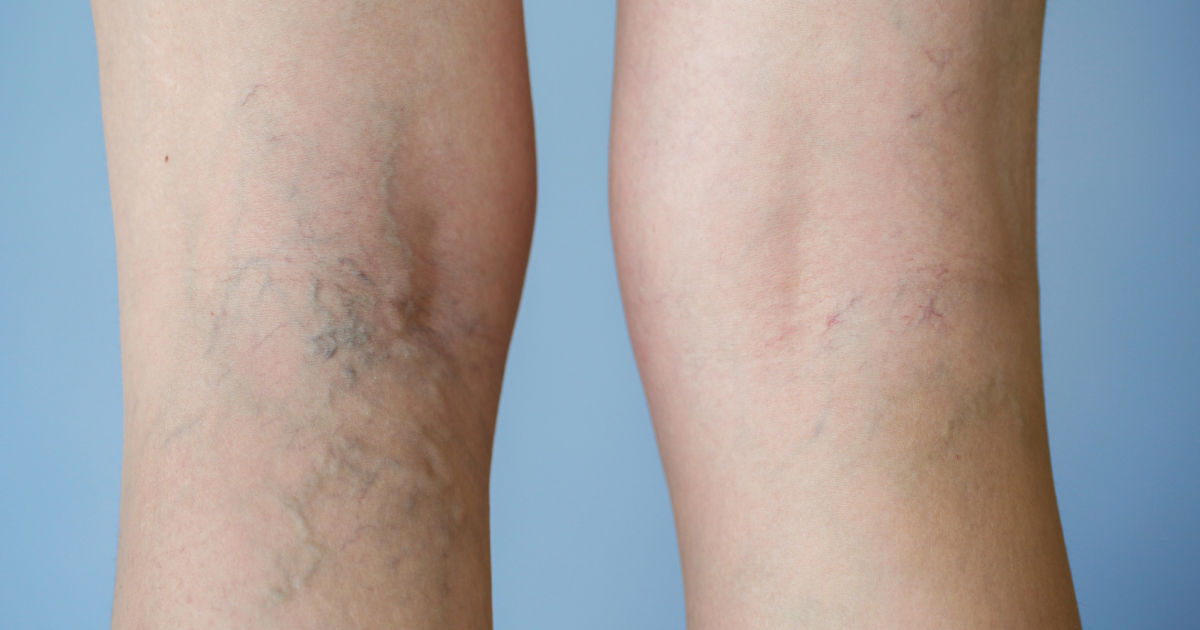What Causes Phlebitis?
Phlebitis is a condition that leads to the inflammation of the veins. It usually co-occurs with a disease known as thrombosis. When one or more blood clots cause inflammation in the veins, it's called thrombophlebitis. The leg is the most common place where phlebitis occurs. Other times, some patients may experience the disease on the arms.Some of the symptoms patients are likely to have with this condition are pain and irritation. The pain comes about due to the blockage of blood flow through the veins. There are two common types of phlebitis. The first is superficial and occurs on the surface. With proper treatment, the illness is easy to manage. The second type constitutes a severe inflammation and takes place in the deep veins of the body. It thus affects the large blood vessels making it fatal. Get to know the causes now.
Local Trauma To Veins

Most of us experience an injury to the leg or arm and probably think it should just be ignored as usual. However, we are supposed to take great care of our bodies and move around carefully. Local trauma to the veins occurs when you get an injury to the leg or arm. The damage can become severe that it can affect the underlying veins and cause inflammation.
There are two types of local trauma to the veins. One is blunt injury, which is minor and leads to the crashing or stretching of veins within the injured region. The second type, penetrating injury, leads to puncturing or tearing of blood vessels. The latter type of phlebitis is severe as it is life-threatening. It may lead to the blockage of the blood flow within the body, which we commonly call hemorrhage. It is essential to see a doctor immediately for a checkup once you injure your legs and arms. The condition can become fatal especially when there is internal bleeding.
Varicose Veins

Varicose veins are among the leading causes of phlebitis. It occurs most times to women who are more prone than men. This condition is the enlargement of veins due to blood circulation issues. Varicose veins come about due to various factors, such as standing or walking for long hours, and mostly affect the feet and legs. When you stand for long periods, your posture increases the pressure in the veins. In turn, you will start experiencing discomfort, pain, or aching feet. When varicose veins occur over time, they can lead to thrombophlebitis.
It is critical for anyone experiencing such symptoms to try self-care measures. Bleeding may sometimes occur when the veins enlarge for long periods of time. Try doing regular exercises when you notice the enlargement. Wearing compression stockings also help relieve the pressure exerted on the veins. Pregnant women, older individuals, and obesity are the risk factors of varicose veins.
